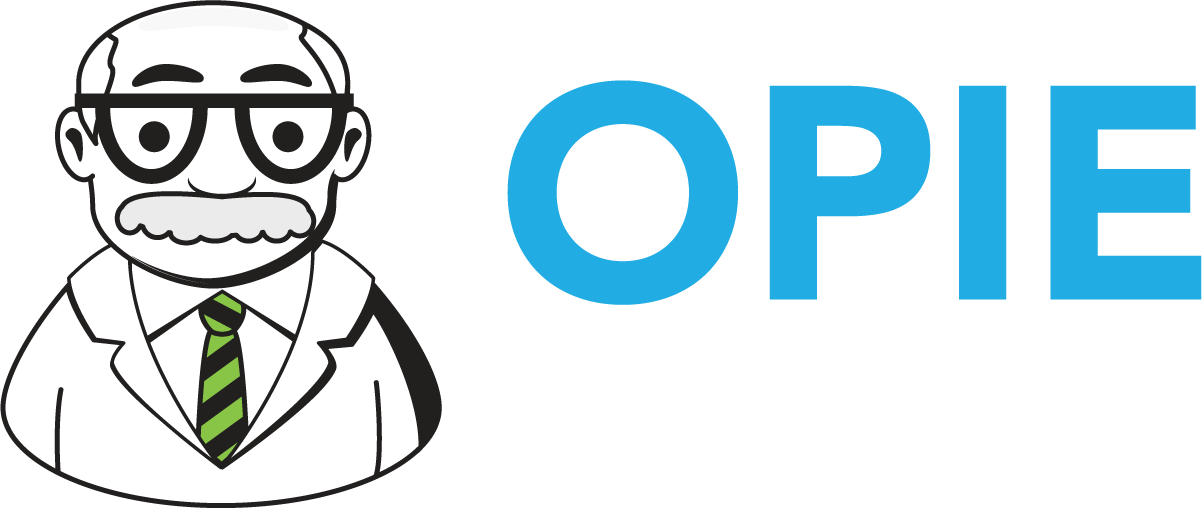Energizing Your Lifeblood
As you probably know, Medicare views prosthetists and orthotists as part of the “Supplier” pool, explicitly limiting their authority to drive O&P patient care. Decisions regarding medical necessity, specific device orders, and care plans must be initiated and signed off by “Professionals” with prescribing authority, leaving advanced O&P practitioners feeling as though their expertise is underutilized in the patient management chain.
Recognize the Legal Boundaries—But Don’t Retreat
The law also expects providers to coordinate clinical services, giving prosthetists/orthotists room to influence and support the treating physician’s choices. The most fruitful relationships with referring physicians are those founded on transparency, clinical documentation, evidence-based recommendations, and regular communication.
Your value and expertise are best communicated through your work and documentation. Use objective clinical findings and biomechanical rationale to support the interventions you recommend. Include functional assessment data, structural evaluations, gait analyses, and prior patient outcomes/physical function in your medical record. Share written, condition-specific recommendations with your referring providers—and offer to review them together. Be clear that your suggestions are based on measurable clinical evidence and professional experience. Remember that physicians face documentation burdens and knowledge gaps in O&P; consistent, high-quality communication makes their job easier, improves outcomes, and positions you as a valued interdisciplinary partner.
Educate and Advocate
Initiate regular educational sessions—small grand rounds, case conferences, or “lunch and learn” events—strictly focusing on the science of O&P -- biomechanical principles and rehabilitation strategies. These sessions must be strictly professional, non-promotional, and should avoid any appearance or practice of inducement. My personal pet peeve is when these presentations are “device centric.” Although it is tangible and cool, the physical device is the last thing you should promote. It reduces your contribution to a widget maker. As you conduct case reviews, walk them through your decision matrix, encourage questions, facilitate dialogue, and acknowledge the physician’s expertise while pointing out how collaboration can empower patients. Help them understand how decisions they make prior to your involvement can contribute to the degree of overall patient success.
***Make sure all educational events and materials are clearly documented and reported, following Medicare and Anti-Kickback Statute guidelines regarding meals, gifts, and event structure.
Partner
Approach your relationship with physicians as a true partnership focused on patient habilitation and rehabilitation and take the initiative to strengthen collaboration throughout the clinical process. After receiving a prescription, promptly reach out to the physician to discuss the proposed device selection and any potential modifications or alternative interventions, always supporting recommendations with clear data and clinical rationale. Once the device has been delivered and the patient has completed follow-up visits, actively request feedback from the physician to close the loop—providing outcome reports and actionable suggestions for future care planning. Consistently educate referral sources about how your unique expertise can help minimize complications, enhance functional outcomes, and optimize care costs for payers and patients alike.
The loudest argument for your expertise isn’t made in the office or at professional meetings—it’s made in patient results. Track patient outcomes longitudinally, share results in aggregate (anonymized to remain HIPAA-compliant), and use data analytics to substantiate your recommendations and advocate for best practices.
You cannot—and should not—seek to alter the strict legal boundaries that define the supplier-prescriber relationship overnight. But you can be the catalyst for changing how that relationship works day-to-day.
Lead with science and documentation, not persuasion or inducement.
Advocate for the patient while respecting compliance demands.
Transform the care team from a hierarchical chain into a collaborative partnership.
The frustration with outdated regulations is real. But it is equally real that every patient who walks more comfortably, returns to work, or regains independence is living proof of your essential role. Make sure referral sources see and understand it—not through conflict or complaint, but through a data-driven partnership, ethical practice, and a shared mission for total patient rehabilitation.
In the process, you will help shape a future where prosthetists and orthotists are no longer just “Suppliers”—but recognized clinical partners at the heart of patient-centered rehabilitation care.

